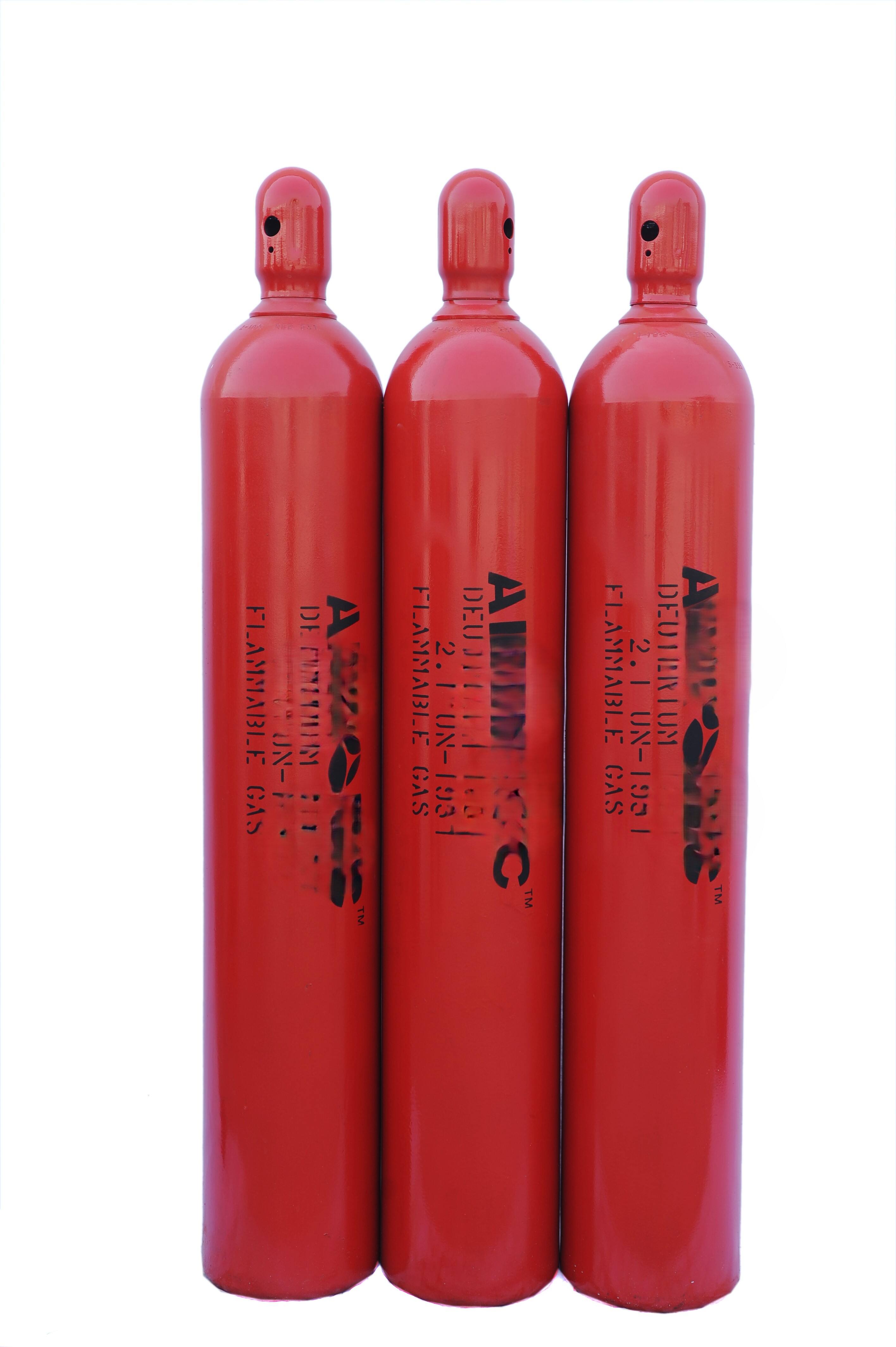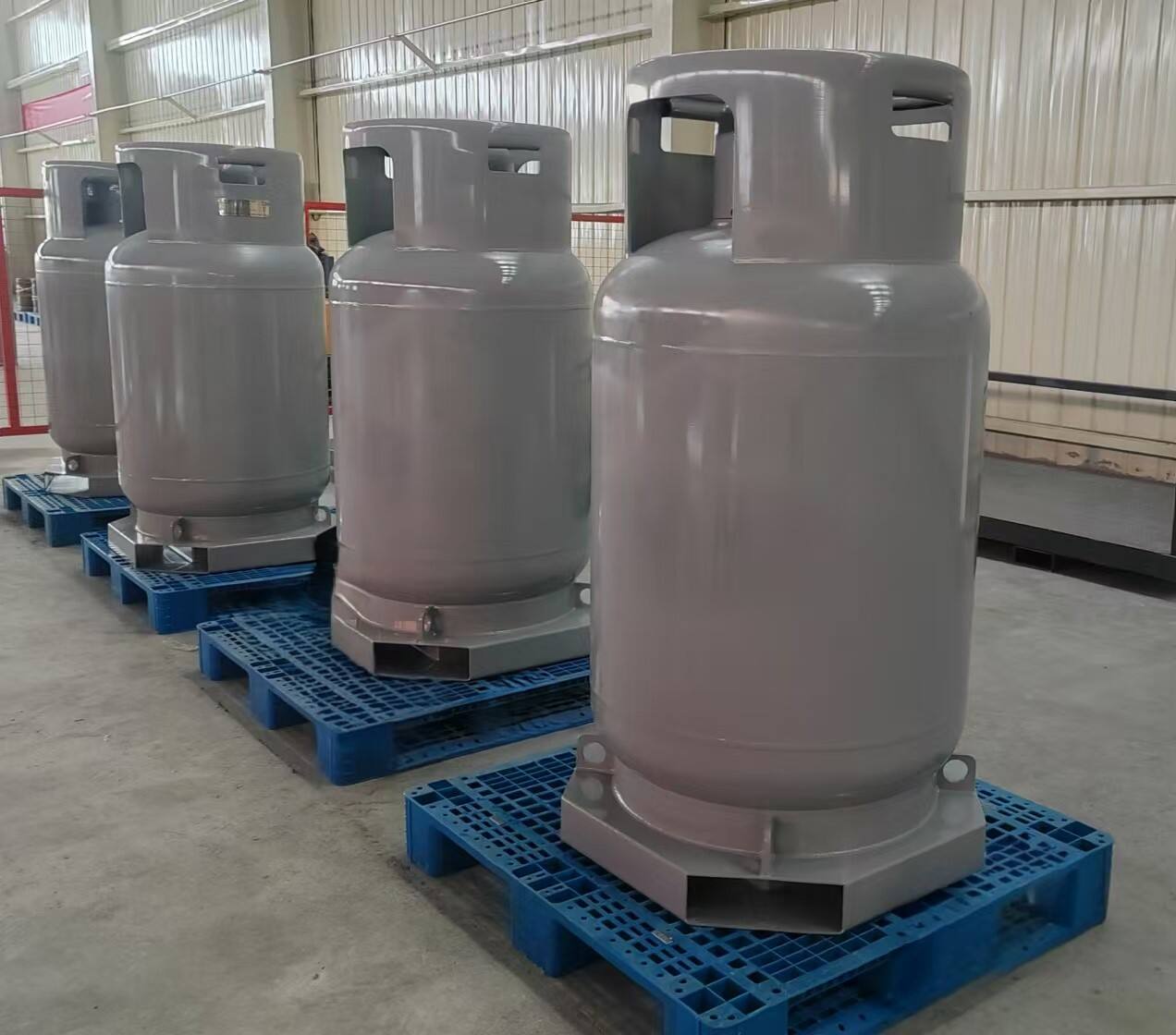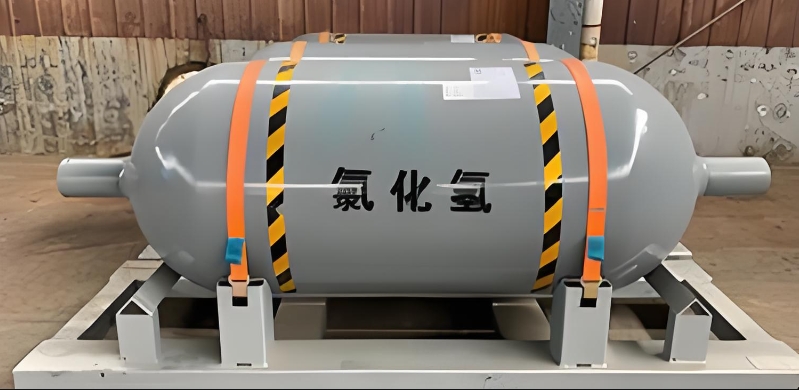Cylinder sizes are a crucial aspect to consider when dealing with gases, as they refer not only to physical dimensions but also to volume capacity. This dual definition is essential since it impacts both the storage quantity that a cylinder can hold and the efficiency of its use in various industrial applications. For instance, a larger volume capacity might be necessary for industrial processes that demand consistent gas supply without frequent replenishment.
The size of a gas cylinder significantly influences how gases are stored and transported across different industries. Industry standards dictate specific sizing requirements to ensure compatibility and safety during transportation. For example, compressed gases such as hydrogen and nitrogen often require high-pressure cylinders due to their expansive volume at standard pressure. This consideration ensures that the cylinders efficiently accommodate the required gas volumes while also being manageable during transportation.
Moreover, the relationship between cylinder size and pressure ratings is a vital consideration. High-pressure applications demand cylinders capable of withstanding greater internal pressure, often using steel or composite materials for enhanced durability. Conversely, in low-pressure scenarios, such as with propane or acetylene, different cylinder sizes accommodate the necessary volume without compromising safety. Thus, understanding these dimensions is key for selecting the appropriate cylinder for both high-pressure and low-pressure applications, ensuring safe and effective operations across various sectors.
When selecting a cylinder size for gas storage, the chemical properties of gases are a significant factor to consider. For instance, the reactivity, density, and temperature of a gas can greatly impact the ideal cylinder dimensions. Reactive gases may require specialized containment to prevent hazardous reactions, while denser gases might necessitate larger cylinders to accommodate their mass. Temperature also plays a critical role since some gases expand with heat, requiring a larger volume to prevent overpressurization.
Different industries, such as welding, healthcare, and manufacturing, have specific requirements that dictate the choice of cylinder size. In the welding industry, gases like acetylene and oxygen are commonly used, requiring cylinders that can accommodate both high pressure and frequent use. In healthcare, oxygen cylinders must be portable and easily accessible for medical emergencies. Manufacturing industries might require a variety of gases stored in bulk, necessitating larger cylinders or cylinder packs to maintain operational efficiency.
Safety regulations and standards are vital when choosing the appropriate cylinder size, especially for hazardous materials. Complying with these standards ensures that the chosen cylinder can safely handle the gas’s properties and operational pressures. For hazardous gases, additional factors like pressure relief devices and robust cylinder construction are necessary to avoid leaks and explosions. Following these guidelines not only promotes safety but also ensures regulatory compliance.
Understanding the differences between high-pressure and low-pressure cylinders is crucial for selecting the right equipment for specific gases and applications. High-pressure cylinders, designed to handle pressures over 1450 psi, are typically used with gases like oxygen, nitrogen, and helium. Constructed from durable materials to withstand such pressures, they are essential in industries ranging from healthcare to manufacturing. On the other hand, low-pressure cylinders, often used for gases like propane and acetylene, operate at under 250 psi and are made from materials suited to lower pressure scenarios.
When considering portable versus stationary cylinder sizes, each has distinct advantages and disadvantages. Portable cylinders, though limited in capacity, offer the convenience of mobility, making them ideal for on-site jobs in diverse settings like construction and healthcare. Stationary cylinders, with their larger capacities, are better suited for industrial applications where gas consumption is high and the usage is consistent. This makes them a staple in factories and manufacturing plants where constant gas supply is imperative.
Compliance with regulatory requirements is non-negotiable for ensuring safety and environmental standards with gas cylinders. Different types of cylinders need to meet specific guidelines, such as DOT or ISO certifications, depending on the country and industry. Adhering to these regulations is essential not only for legal compliance but also for minimizing risks associated with gas handling and storage.
Choosing the right cylinder size begins with assessing the available space and the handling capabilities within a specific setting. Spaces with limited storage may require smaller cylinders, while larger areas can accommodate bigger ones. For instance, in industrial settings with adequate space and equipment, using a 100-pound cylinder might be feasible. However, in a small workshop or residential area, a 20-pound cylinder might be more appropriate due to ease of handling and storage.
Cost-effectiveness plays a significant role in selecting cylinder sizes. It's crucial to analyze the price versus efficiency of various sizes to get the best value. For example, while a larger cylinder may have a higher initial cost, it might offer a lower cost per unit of gas due to less frequent replacements. Case studies in various industries often show that the balance between size, refilling frequency, and storage capabilities contributes to overall savings.
Finally, the longevity and maintenance needs of cylinders also impact economic decisions. Larger cylinders may require less frequent refills but could entail higher maintenance costs due to wear and tear. Choosing the wrong size can lead to increased long-term expenses, either through frequent replacements or unnecessary maintenance. Understanding these dynamics ensures that one selects a cylinder size that supports operational efficiency and minimizes economic impact over time.
Selecting the right cylinder for industrial gases is crucial for ensuring efficiency and safety. Let's explore some recommended cylinder options starting with the Ethylene (C2H4) Industrial Gas. This product is known for its high purity and versatility in industrial applications, such as manufacturing polyethylene plastics and ethylene oxides. The Ethylene gas is available in various cylinder sizes, catering to the specific needs of different manufacturing processes while maintaining reliable quality.

Next, the SIHCL3 and SICL4 240L cans are vital for industries such as semiconductor manufacturing and solar cell production. These metals boast high purity and stability, essential for high-tech applications. Their robust, corrosion-resistant construction ensures reliable long-term storage, meeting the rigorous demands of modern technology applications.

Finally, consider the 470L Hydrogen Chloride (HCl) Cylinder, which meets the stringent demands of various chemical industries. This cylinder is designed for safety and compliance, featuring robust safety mechanisms and durable construction. It ensures a continuous supply, supporting stable operations in high-demand environments like fertilizer and plastic production.

These cylinder options are designed to meet the diverse needs of various industries, ensuring operational efficiency and safety.